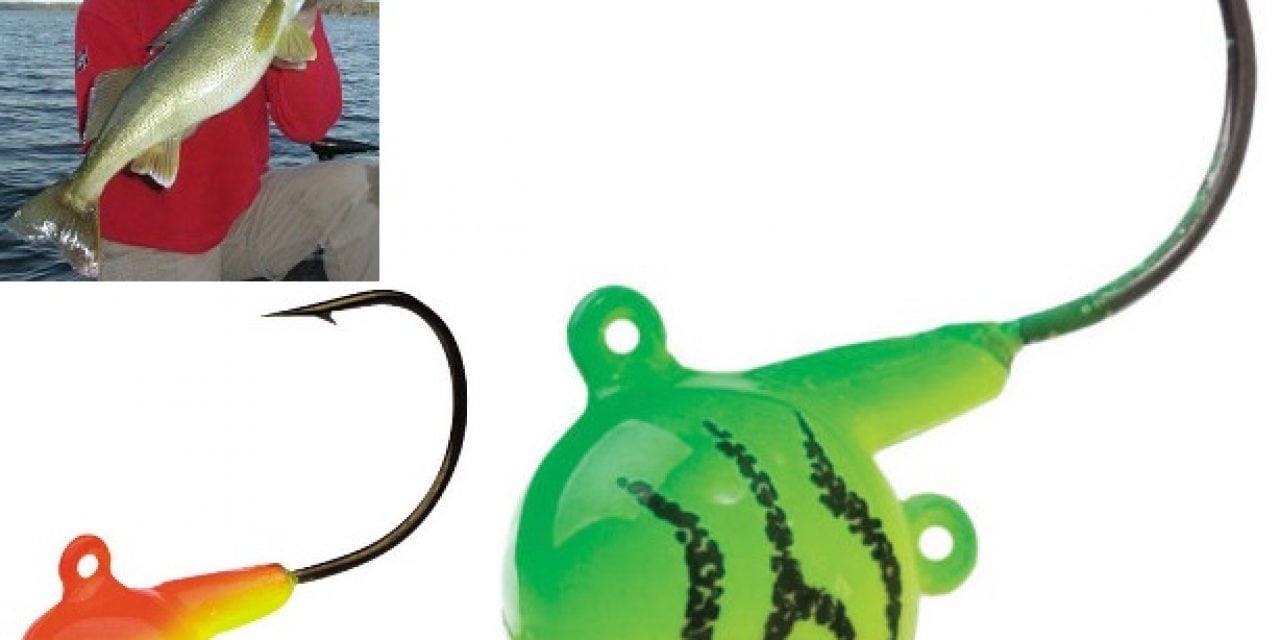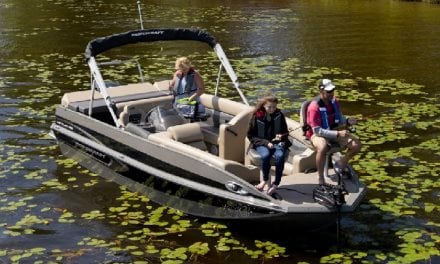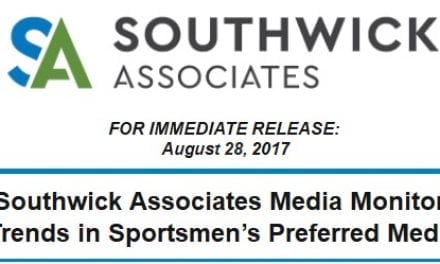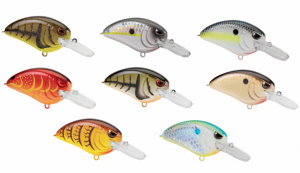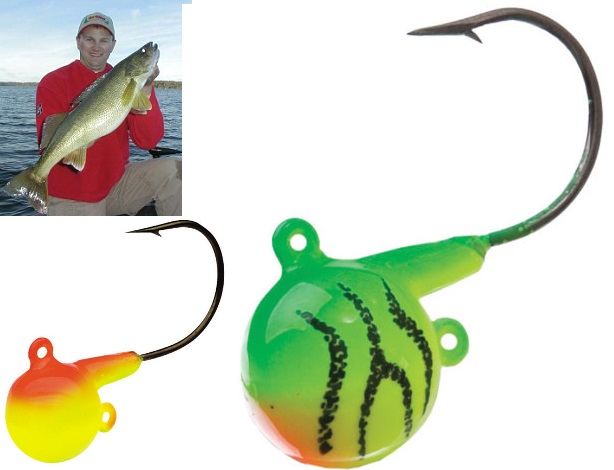 Each Minnesota walleye opener finds hundreds of boats on Big Winnie. I’m there with the masses. It’s a family tradition. A mixed crowd of small boats, big boats, guide boats, and resort launches converge along Winnie’s shorelines on opener. Why is Winnie so popular? Plain and simple . . . guaranteed fish fry! It produces early season walleyes like few other lakes.
Each Minnesota walleye opener finds hundreds of boats on Big Winnie. I’m there with the masses. It’s a family tradition. A mixed crowd of small boats, big boats, guide boats, and resort launches converge along Winnie’s shorelines on opener. Why is Winnie so popular? Plain and simple . . . guaranteed fish fry! It produces early season walleyes like few other lakes.
Although its size can be intimidating, Winnie is quite easy to fish, particularly early in the season. Tackle and bait selection is quite simple. Locating walleyes involves common sense. Consider the following when fishing Big Winnie this spring and early summer.
Fire-Ball Frenzy Fire-Ball Jig
The Fire-Ball Jig has produced boat-loads of Winnie walleyes. This original wide-gap walleye jig was designed by Minnesota Fishing Hall of Fame member, John Peterson. “The Fire-Ball Jig is the perfect jig for fishing live-bait,” Peterson touts. The wide-gap, short shank hook accommodates the addition of a minnow better than a traditional jig, forming a compact package. The Fire-Ball Jig and minnow combination rules among locals, tourists, guides, and tournament anglers alike during Winnie’s early walleye bite. As far as colors, firetiger, watermelon, and parrot are popular, but they all work.
First Rate Bait
Three to four inch shiners are the ticket for early season walleyes on Winnie. Fatheads will produce but not like shiners. Anglers will have to pay considerably more for shiners depending on availability. If one considers the cost of boats, motors, and accessories however, even the best bait is a bargain. When it comes to catching fish, fast boats, new-age electronics, and super-sensitive graphite rods are nothing without quality bait. Remember, it is the bait that seals the deal.
Sting ‘em
Another key feature of the Fire-Ball Jig is that it accommodates a Sting’r Hook. Every opener on Winnie, over half of the walleyes I catch are hooked on the stinger only. Simply clip a stinger hook on the “trailer-hitch” of the jig. Packaged versions come with 2” stinger hooks. For rigging up with larger minnows, the 3” version, available at most bait shops, works well. When the water is cold, sting those short-biters.
Fish the Flats
During the first few weeks of the season, the majority of Winnie’s walleyes will be on the sandy shoreline flats. Flats are slowly tapering areas between the shoreline and the point at which the depth changes more abruptly. Generally in a post-spawn mode by opener, fish are concentrated in 5-9 feet of water. This narrows the search down considerably. Use a topographical map or follow the break-line to learn where the larger flats are. Large flats allow for long drifts over productive water.
Where the Wind Blows
Walleyes generally bite better when the wind blows. Light penetration is reduced making them less apt to spook away from the boat. Wind stirs the water, kicking up microorganisms which baitfish feed on. Walleyes become active and complete the underwater food-chain. Target flats where the wind is blowing into or at least parallel to the shore.
Go Light, Go Long
Jig and line size makes a dramatic difference on Winnie, especially during the early season when fish are shallow. A 1/16 oz jig is optimal under most conditions. In a moderate breeze, consider going to an 1/8 oz. jig. Six pound test line is just right. I use Berkley Vanish with good results. Finally, get the bait away from the boat. Shallow walleyes will spook as the boat passes over head. When drifting, I like to lob the jig a full cast upwind. If I’m not getting bit, I strip some more line out. Better yet, flip cross-wind. As the drift progresses, the jig will work its way back into the path of the boat. Reel up and make another cross-wind cast. This technique produces some walleyes that are initially spooked from the boats path.
Fish the Fringes
A good bite is sure to draw a crowd. Nets start flying and the party is often soon over as boats pack together and break up the school. Winnie walleyes will move away from the traffic but won’t go far. Fish the fringes of the flotilla where the fish will be more active.
Shhhh!
For the reasons already mentioned, use a stealthy approach. Position the boat for a long drift and then shut down the outboard. Use an electric motor if necessary to control the drift.
Find the “Hot Spots”
A couple of degrees can make a major difference in fish activity. In the spring, locate the warmest water and the most active walleyes will be there. A temp indicator will tell the story. “Hot spots” include river inlets and smaller lakes connected to a larger body of water. On Winnie, the mouth of the Mississippi and the Third River Flowage inlet are known for producing early. The Cut Foot Sioux area and Sugar Lake are examples of connected water that can be several degrees warmer than the main body of Winnie.
Have Fun!
Most Winnie anglers have seen the benefits of the special regulations in place. Walleyes in the 17-26” range are protected and must be released. In recent years, quality fish have been abundant and are a blast to catch. “Keepers” under 17” have been plentiful too and taste great! Make plans to visit Winnie this spring and get in on the action.
The post Winnie Walleye Wisdom appeared first on ODU Magazine-North America’s #1 Digital Fishing Magazine.

